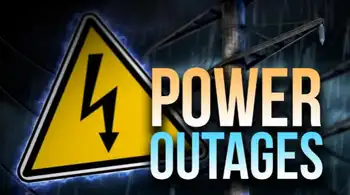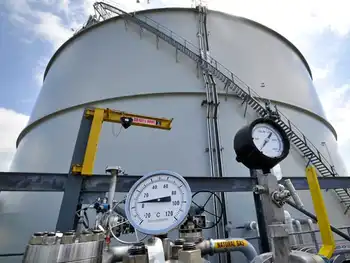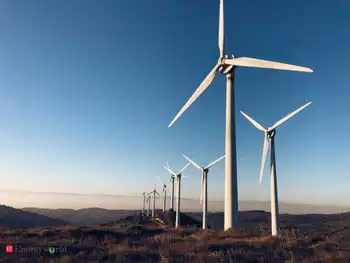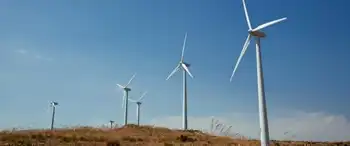Carbon trade in U.N. climate spotlight
By Reuters
Protective Relay Training - Basic
Our customized live online or in‑person group training can be delivered to your staff at your location.

- Live Online
- 12 hours Instructor-led
- Group Training Available
Senior officials from about 190 countries have been meeting in the western Polish city of Poznan for talks, which began on December 1, to push for agreement on a new climate treaty, including rules for an expanded carbon offset market, by the end of next year.
The U.N.-led carbon offsetting scheme allows developed countries to lay off their greenhouse gas emissions and meet climate targets by funding cuts in developing nations.
Development groups and delegates at the climate talks criticized the scheme for helping Africa too little, producing too few emissions cuts, and, in some cases, claiming to avoid emissions that would not have happened anyway.
Carbon markets also face plunging prices, as sliding economies and industrial output dent greenhouse gas emissions and demand for offsets.
"Projects that have entered the pipeline will result in $25 billion of capital investment, will boost technology transfer developing countries," said the U.N. climate chief Yvo de Boer, supporting the clean development mechanism (CDM).
Carbon offsetting drives additional emissions cuts outside the industrialized countries most to blame for global warming, by funding projects, such as wind power and improved efficiency in developing nations.
"The wider the search the more likely you'll come up with emissions cuts that are relatively cheap and the more likely you get higher (climate) ambition," said Henry Derwent, head of the Geneva-based International Emissions Trading Association (IETA).
U.N. negotiators and country delegates proposed draft measures to unblock the bottleneck of CDM projects, including to set deadlines for approval by a U.N. vetting panel.
If approved, wind power projects in the CDM pipeline would equal about one-fifth of global, installed wind capacity now, said Steve Sawyer, head of the Global Wind Energy Council.
But the scheme has not helped small projects, said John Christensen of the United Nations Environment Program RISO research center. About 10 of 4,000 planned projects were in the building sector, which accounts for one-third of greenhouse gases.
U.N. officials accept that some projects have not avoided emissions, for example, a hydropower plant that claims offsets even though it was profitable and would have been built anyway.
Carbon traders want broader rules which will allow more projects, by judging these more simply against the carbon emissions of rival energy sources in a particular region, including high-carbon coal.
"Can we just look at this as 'yes, we as a society realize that wind is good for fighting global warming'," said Marc Stuart, co-founder of UK-based project developer EcoSecurities.
Similar ideas for scaling up the scheme being discussed in Poznan include allowing steel or cement companies to earn offsets if they beat best practice energy efficiency.
Also up for debate is allowing rich countries to lay off their own emissions by funding projects to trap carbon emissions from coal plants, called carbon capture and storage (CCS).
"There are very strong feelings on both sides," U.N. climate chief de Boer said.
There were also big differences on the idea of using offset projects to conserve tropical forests, the destruction of which accounts for about one-fifth of global greenhouse gases.
A key issue is whether the U.N. meeting will specify the rights of indigenous people who live in threatened forests, when defining "reducing emissions from deforestation and forest degradation (REDD)."
Several indigenous peoples groups shouted "No rights, no REDD," on the sidelines of the Poznan conference.
Some delegates and negotiators said the financial crisis could make it harder to agree on new emissions-cutting goals before current targets expire under the Kyoto Protocol in 2012. That would further weaken demand for offsets.











